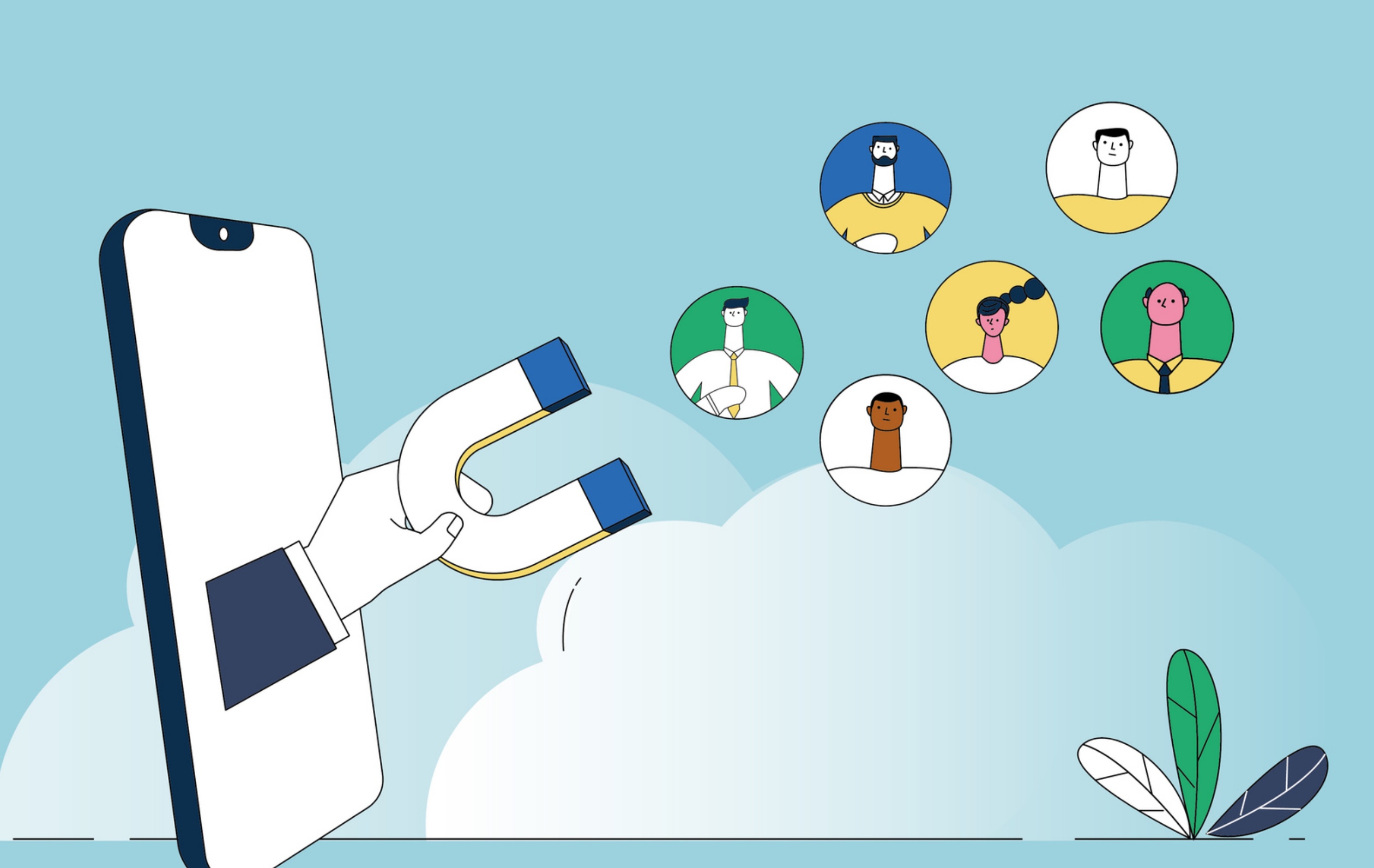By Vanessa Loughty | August 18, 2023

See why top ecommerce brands use Miva’s no-code platform to run
multiple stores, manage massive catalogs, and grow their revenue.
As the ecommerce market becomes increasingly popular (and saturated), acquiring new customers has become more expensive—average customer acquisition costs have risen by 60% over the past five years. For this reason, sellers are turning to ecommerce growth hacking techniques—an innovative approach to gaining new users without breaking the bank.
Conventional marketing which focuses on generating brand awareness may not produce measurable growth fast enough. The term “growth hacking” describes any kind of cost-effective strategy which emphasizes increasing scale over other priorities. Ecommerce growth hacking specifically refers to methods which acquire customers, drive conversions, and expand revenue using innovative, lower-budget techniques.
One of the main goals of ecommerce growth hacking is to acquire the maximum number of customers for the least amount of money. The process involves narrowing the marketing focus strictly to initiatives which generate growth, driven by market research which maximizes ROI by allocating resources to where they have the best chance to succeed.
We discuss the drivers of of ecommerce ROI here.
Customer Acquisition Cost (CAC) represents the price of turning a potential buyer into a paying customer. When CAC is high, businesses need to generate more revenue per customer to achieve profitability. This not only stresses margins but also creates pressure to continually generate higher sales, which can result in much greater spending. The lower the CAC, the more sustainable and profitable the business has the potential to be.
Growth hacks can be any type of promotional campaign, content, or UI feature which generates traffic, subscribers, or conversions. The trick is to deploy hacks which are appropriate for your specific buyers and products, countering high marketing costs by simply being more relevant to shopper behavior and capitalizing on it. The following are ecommerce growth hacks which can be dialed in to match the preference and communication style of an individual audience.
There is no greater spokesperson for your brand than a satisfied customer. Referral programs offer incentives for existing customers to invite new ones to explore the brand. We describe referral programs in greater depth here. A simple discount offer may be enough to turn your buyers into brand evangelists with their friends, family, and social networks.
Displaying reviews, testimonials, and endorsements can significantly boost trust and conversions. In fact, products with reviews have a shocking 270% higher purchase likelihood than those without.
Retargeting ads reminds potential customers of products they have viewed and pages they have visited. By targeting users who’ve already shown interest in your products or made purchases, you can ensure that your ad dollars are more likely to reach the highest value audiences. Brands can receive a significant boost by focusing on retargeting, generating an increase of more than 160% in conversions.
Providing content that is specifically useful for your target audience can draw users to your site from search engines or display ads. Content like whitepapers and infographics might inform readers about industry trends or techniques, without directly promoting the brand. By offering high quality content on relevant topics, brands can position themselves as trusted sources and thought leaders.
Building interactivity in promotions is an excellent way to invite participation. Games of chance, such as spinning a digital wheel to determine a discount amount, or games of skill, such as trivia questions, can both drive engagement and excitement around products.
Limited-time sales are a classic sales driver which work because they create urgency. Simply stating a clear end date and time for a sale, perhaps including a countdown. This can drive a surge in traffic without any additional spend—deadlines are one excellent conversion driver we describe in this site optimization blog.
Collaborating with influencers or similar non-competing businesses can introduce your brand to new audiences. For a relatively small investment, sponsoring content can get brand and product in front of a highly relevant audience.
Personalization is a key component of ecommerce growth hacking. Consumers with many options and limited time want experiences tailored just to them. By creating a highly relevant, data-fueled sales experience, merchants can help shoppers move more efficiently through their buying journey, while making sure they feel understood supported.
Using these growth hacks, businesses can provide unique experiences that not only attract but also retain customers. When competition is fierce, the use of effective ecommerce growth hacking techniques can lower CAC and improve ROI, ensuring more sustainable growth. It's not about spending more; it's about spending smart.

Katy Ellquist, Miva’s Digital Marketing Strategist, is an accomplished writer, marketer, and social media analyst who has created sophisticated content campaigns for a broad range of professional clients. She brings to Miva a complex understanding of ecommerce trends and techniques, building upon extensive digital agency experience and a prior role as direct liaison to Miva’s top accounts. Katy is a regular contributor to the Miva blog, covering essential ecommerce topics like design & development strategy, site optimization, and omnichannel selling, with the goal of increasing the actionable knowledgebase of the entire Miva community.
Love it? Share it!
No worries, download the PDF version now and enjoy your reading later...
Download PDF Vanessa Loughty